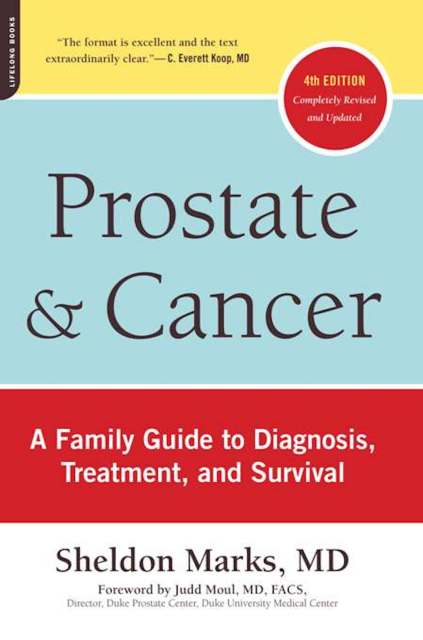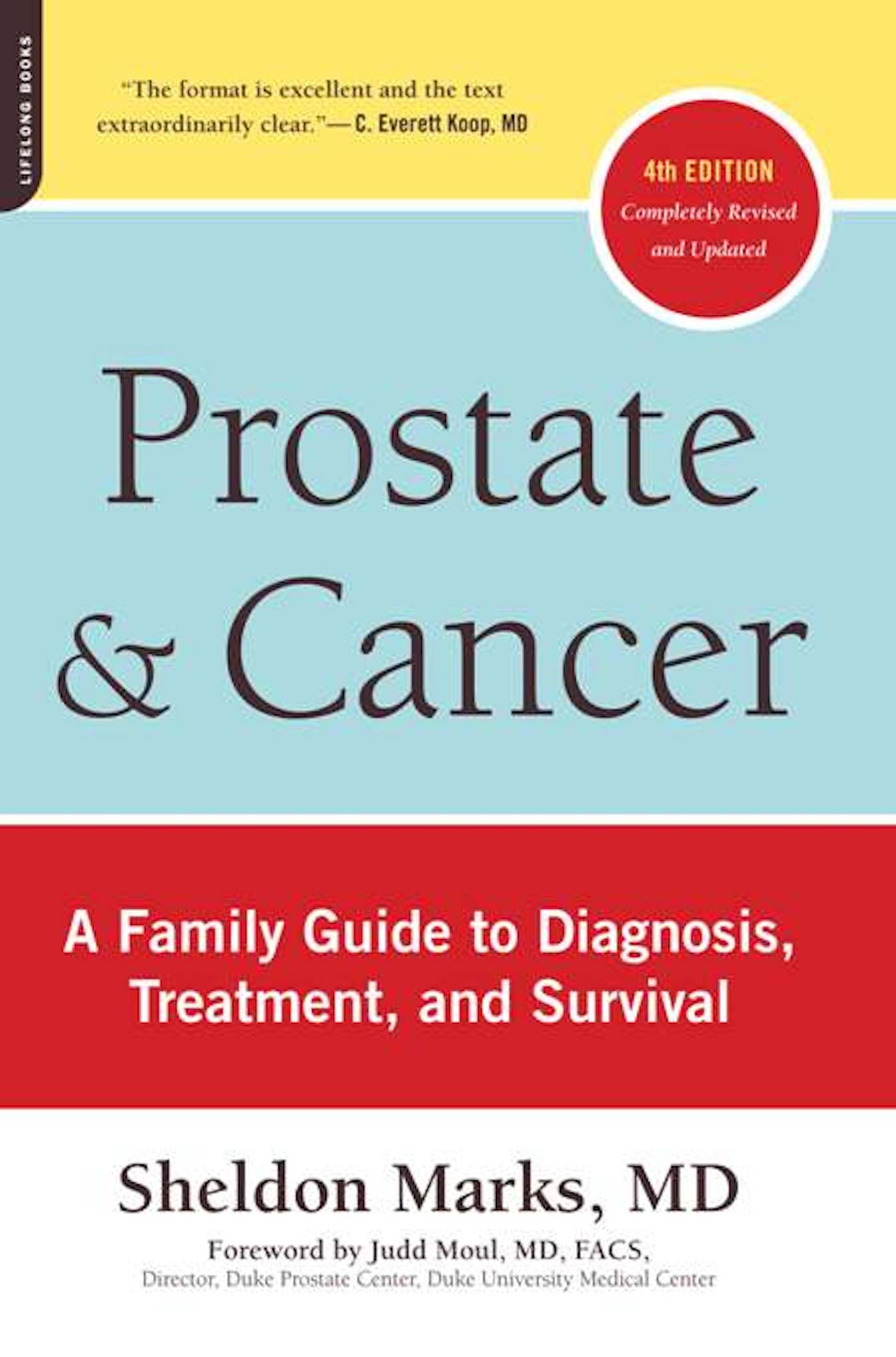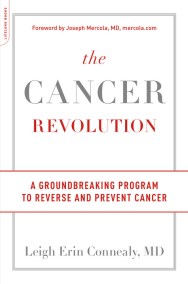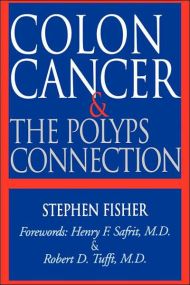Promotion
Use code MOM24 for 20% off site wide + free shipping over $45
Prostate and Cancer
A Family Guide to Diagnosis, Treatment, and Survival
Contributors
Formats and Prices
Price
$11.99Price
$14.99 CADFormat
Format:
- ebook $11.99 $14.99 CAD
- Trade Paperback $21.99 $28.99 CAD
This item is a preorder. Your payment method will be charged immediately, and the product is expected to ship on or around June 30, 2009. This date is subject to change due to shipping delays beyond our control.
Also available from:
Renowned prostate cancer specialist Sheldon Marks offers the definitive guide for men concerned about or diagnosed with prostate cancer.
Prostate cancer is one of the most common cancers affecting American men, with over 186,000 new cases diagnosed in the United States annually; 1 in 6 men will be diagnosed with prostate cancer during his lifetime.
Since the third edition (2003), there have been significant changes in treatment and resources. Working with Dr. Judd Moul, the Chairman of Urology at Duke and one of the world’s top experts on prostate cancer, Marks provides the most up-to- date information on diagnosis, treatment, and common questions.
Genre:
- On Sale
- Jun 30, 2009
- Page Count
- 384 pages
- Publisher
- Da Capo Lifelong Books
- ISBN-13
- 9780738215648
Newsletter Signup
By clicking ‘Sign Up,’ I acknowledge that I have read and agree to Hachette Book Group’s Privacy Policy and Terms of Use







